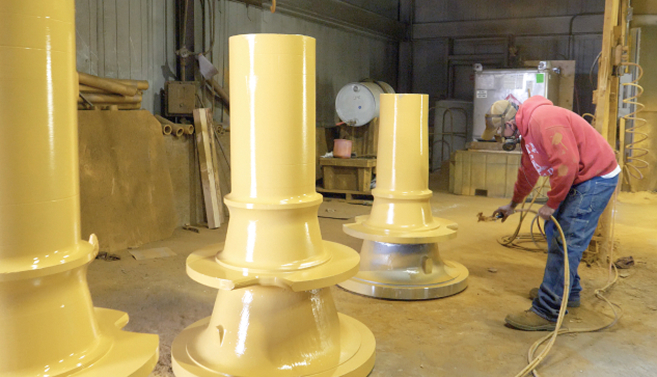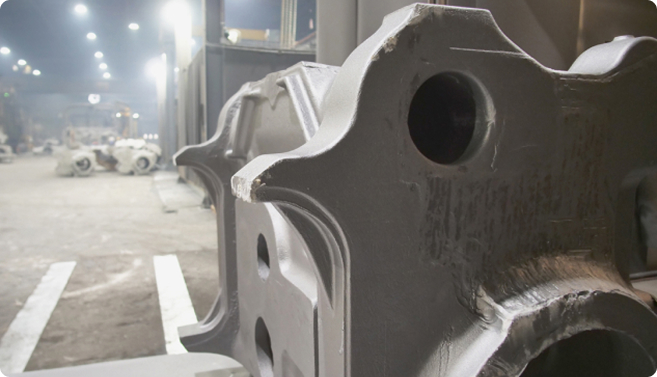Steel casting involves pouring molten steel into a mold. The castings are shaped to meet the specific design needs of the product being manufactured. Unlike iron, steel can be difficult to melt. Today, steel casting is used to improve a diverse set of industries—including the agriculture, construction, automobile, aviation, gas and oil, mining, and marine industries.
What Is Steel Casting Used For?
Casting steel allows foundries to form complex shapes in fewer steps. The castings created are used in a variety of products, but especially in heavy-duty components. The castings are used in construction and mining equipment, railroad cars, pumps and valves, heavy trucks, and more.

What Are the Different Types of Steel Casting?
Did you know casting is one of the oldest manufacturing techniques? While advances in casting technology allow foundries to create unique and specialized casting methods today, the origin of this process can be traced back more than 7,000 years. Sand casting, plaster casting, die-casting, and investment casting can each be used to meet the manufacturing specifications for a wide range of products.
Sand Casting | Plaster Casting | Die-Casting | Investment Casting
What Is the Difference Between Steel Casting and Cast Iron?
Without talking too much about chemical composition and sounding like your high school chemistry teacher, there are several noticeable differences between steel casting and cast iron. Iron has better corrosion resistance than steel, for one, and is often cheaper than cast steel. Because it pours easily and doesn’t shrink as much as steel, cast iron can be easier to work with, as well.


Why Is Steel Casting Used?
The chemical composition of steel can allow for a greater flexibility in design. When coupled with steel’s larger weight range—some products can weigh hundreds of tons—casting steel allows for increased structural strength and dependability, making steel casting the ideal choice for a variety of larger projects.


